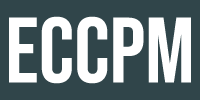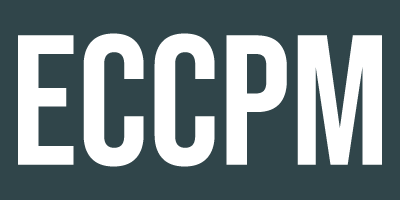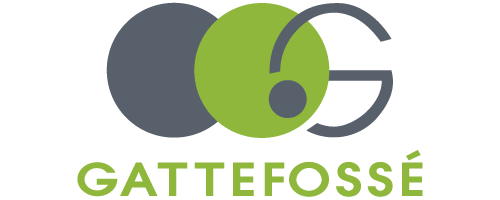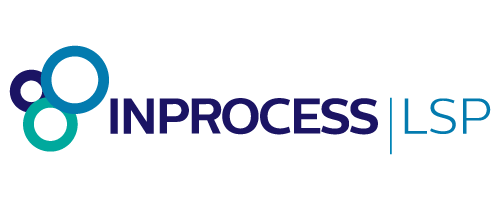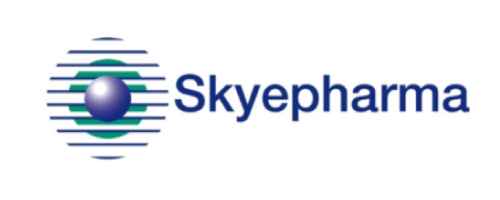NanoFacT – Continuous Nanomanufacturing Platform
BIGGER THINKING FOR NANOMEDICINES
NANOFACT // ROBUST, FLEXIBLE, MODULAR, AND CONTINUOUS NANOMANUFACTURING PLATFORM
PROJECT LEAD: Dr. Carolin Tetyczka
PROJECT DURATION: June 15, 2022 to June 14, 2025
Nanopharmaceuticals play a crucial role in modern medicine by encapsulating and protecting drugs during delivery. However, current nanomanufacturing processes, characterized by time-consuming batch methods, pose challenges for scalability and process control during the transition from laboratory to large-scale production. Such limitations can alter the physicochemical properties of nanopharmaceuticals, affecting safety and efficacy.

The NanoFacT project (June 2022 to June 2025) addressed these challenges by developing a flexible continuous manufacturing platform that integrates bottom-up and top-down technologies. A key element was its strategic collaboration with the European Consortium for Continuous Pharmaceutical Manufacturing (ECCPM), led by Research Center Pharmaceutical Engineering GmbH (RCPE). This partnership united leading institutions and companies from all over Europe, including Gattefossé, InProcess-LSP, Knauer, Microfluidics, Skyepharma, RCPE and the University of Graz – enabling collective progress in advancing complex nanopharmaceutical manufacturing and generating fundamental knowledge for the field.
NanoFacT aimed to establish a modular and robust continuous platform equipped with process analytical technology (PAT) for product and process monitoring, ensuring reproducible production of safe and effective nano drug delivery systems. Quality by Design (QbD) principles and digital strategies were incorporated to guarantee superior quality and safety standards. This approach enabled laboratory-scale (semi)continuous economical and sustainable processes. Both top-down (high shear mixing and Microfluidizer® processing) and bottom-up (impingement jet mixing) methods were employed for producing lipid-based nanoparticles, including solid lipid nanoparticles (SLN), nanostructured lipid carriers (NLC), and nanoemulsions (NE).
The NanoFacT project yielded several significant findings
Enhanced Process Understanding
The influence of process variables on nanoparticle size was clarified, enabling optimization of manufacturing methods.
Real-Time Monitoring
Incorporation of spatially resolved dynamic light scattering (SR-DLS) as a PAT tool for real-time size monitoring enabled detection of early formulation deficiencies, ensuring consistent product quality and reducing the risk of batch rejection.
Digital Strategy and Quality Control
Implementation of a digital framework integrating PAT for real-time adjustments accelerated formulation and process development and enhanced quality assurance.
Efficiency Gains
Transitioning from batch to (semi-)continuous manufacturing increased throughput and demonstrated the value of QbD-driven process development.
Academic impact was significant: NanoFacT hosted a booth at the 14th PBP World Meeting (March 2024), delivered twelve talks, presented eight posters, and produced four publications, with four additional manuscripts at various stages.
Equally important was the project’s contribution to education: a PhD student, four master’s students, and two bachelor’s students gained hands-on experience in cutting-edge nanopharmaceutical research, completing their theses and strengthening the next generation of scientists.
The NanoFacT project thus represents a transformative step in nanopharmaceutical manufacturing by addressing critical scalability and quality control challenges. By integrating advanced analytical technologies with QbD, it has enhanced the production of safe, effective nano drug delivery systems. As the pharmaceutical industry continues to evolve, NanoFacT will help shape the future of nanopharmaceutical manufacturing.
The project was funded under the framework of COMET – Competence Centers for Excellent Technologies by BMK, BMAW, Land Steiermark, and SFG.
NanoFacT Papers
Contact

Dr. Carolin Tetyczka
carolin.tetyczka@rcpe.at
